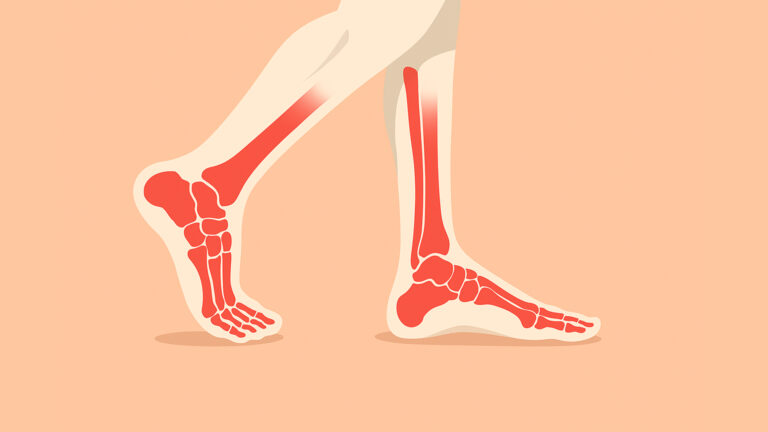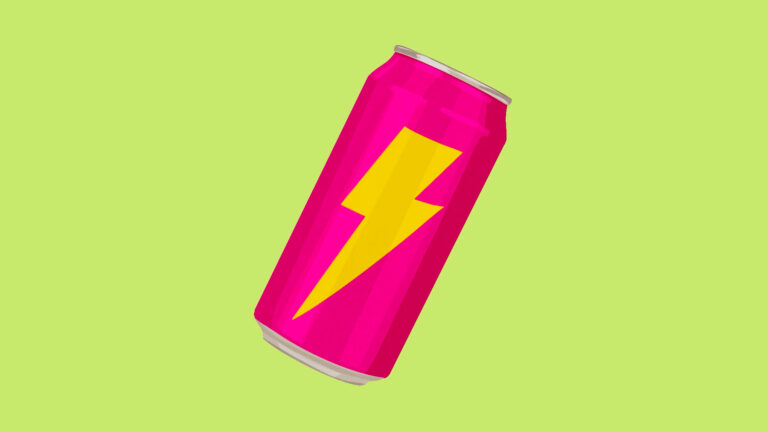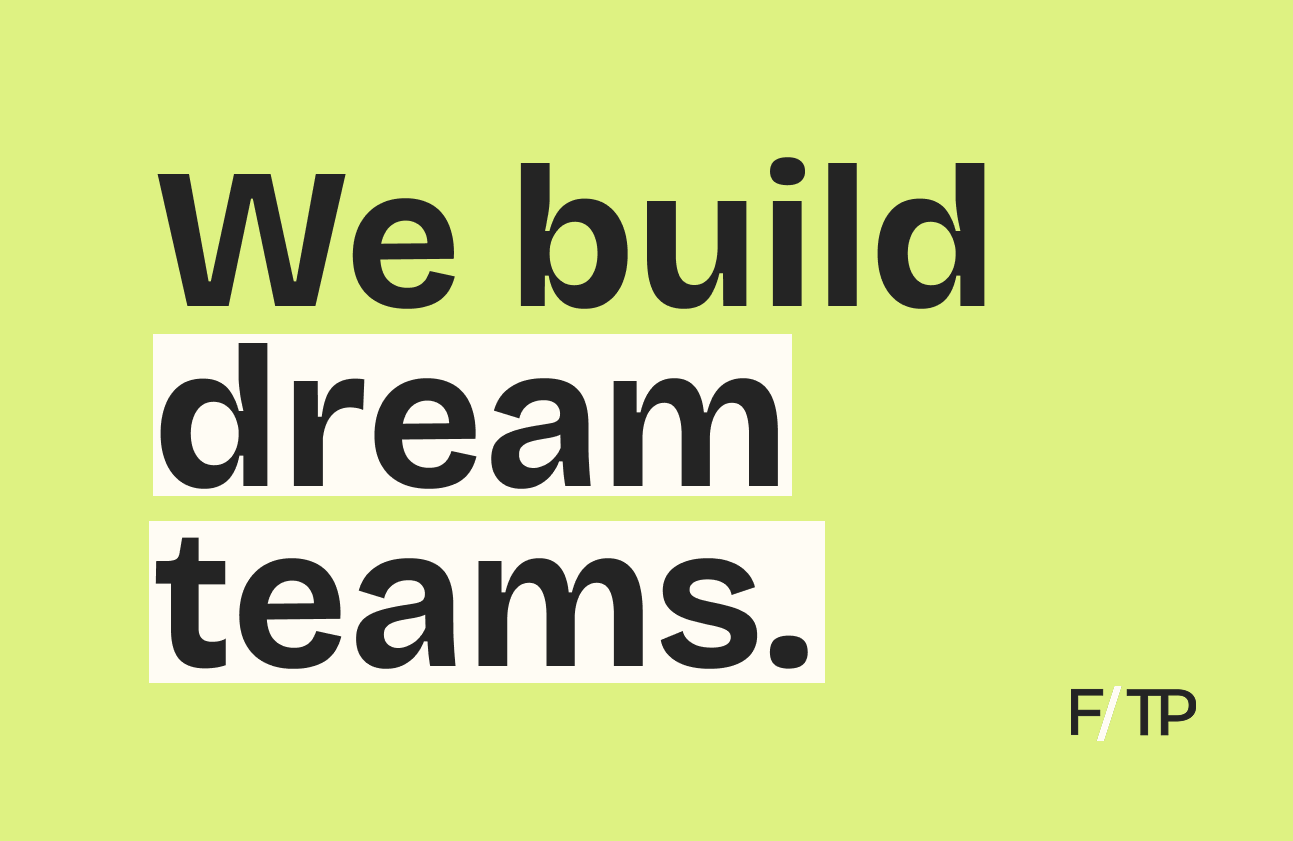A silver lining to the pandemic, more Americans than ever found solace in outdoor activities.
- Running and cycling saw record participation in 2020.
- Last year, hiking and camping participation reached all-time highs.
- Racquet sports equipment sales spiked by 65% in Q1 2021 compared to Q1 2019.
- Golf equipment sales exploded by 78% in the first half of 2021; a record 6.2M new players hit US courses last year.
Running streak. An affordable and accessible way to stay active, there’s hope that this trend leads to enduring habits and health benefits. So far, experts see sustained recreational growth through 2022 as active hobbyists dig deeper into their newfound passions.
Capitalizing on this trend while carrying it forward, a new generation of recreationalists is reimagining movement for the masses.
A New Era of Recreation
Beyond activities like running, biking, and hiking, organized games and social experiences are on the rise.
Causing a racquet. A racquet sport played on a badminton-size court, pickleball participation has jumped by 21% since 2019 as the sport approaches a $218M market. Internationally, pickleball’s cousin padel has followed a similar arc toward 12M+ players and a $600M market.
Though these “scaled-down tennis” sports have typically been associated with older players, trendy upstarts like Recess Pickleball and TWOTWO are making headway with younger consumers by emphasizing aesthetics and lifestyle.
Beyond the beach. The pandemic thrust games often associated with beach vacations into backyards, parks, and public spaces. Participation in Spikeball, a net-and-ball game similar to four square, reached new heights as clubs and leagues sprang up. Meanwhile, CROSSNET, a volleyball-type game, went on backorder before scaling up to meet demand.
Sport x social. Experiential sports companies are trending up, too. Though rock climbing took a significant hit from the pandemic, industry leaders like Brooklyn Boulders have built strong brands by emphasizing the power of community. Similarly, Toca Football and Topgolf are seeing success through applying social-centered principles with a dash of technology.
A step further, a social sports experience is gaining significant traction as a “night out” activity that just might get people onto the course or playing field. If nothing else, it’s a fun trend that speaks to people’s willingness to try new activities.
Recreationalists Gear Up
Unlike companies courting athletes, biohackers, and wearable tech junkies, athleticwear retailer Outdoor Voices has been defining a category on the other end of the fitness spectrum — what they call a “Recreationalist.”
By their definition, getting fit isn’t a competition. Instead, Recreationalism is “freeing fitness from performance and bringing back Doing Things For Fun. This isn’t about being first or fastest, it’s about showing up often.”
The Austin-based brand targets casual exercisers, game players, and fun-seekers — a segment that values social interaction and community above all else.
Not all fun. Known for the tagline “Doing Things,” founder Tyler Haney’s aspirational manifesto painted OV as a refreshing alternative to an athleisure industry defined by performance. But in 2020, the company “imploded,” with internal conflicts and mounting losses cutting its valuation by more than half, from $110M to $40M.
After a much-publicized ouster of Haney, chairwoman Ashley Merrill and new CEO Gabrielle Conforti engineered a turnaround, steering the company to profitability. All along, the Recreationalist credo has endured.
Gearing up. Pre-pandemic, OV championed social activities like jogging, hiking, and rollerblading. Now, a COVID-19 reality, it’s tailoring its offering to solo endeavors and social sports requiring fewer players.
Staying active, Outdoor Voices teamed with cycling brand Rapha on biking gear, collabed with outdoor favorite Merrell for a hiking boot, and partnered with Recess Pickleball on an “amateur sporting club” line.
Far from the Nikes of the world, this new branding wave—including challengers Alex Eagle Sporting Club, Sporty & Rich, and Manors—hopes to reach younger, casual athletes who prioritize maximum fun and fashion over optimal fitness.
Hurdles Ahead
Just Do It or Doing Things, we still face an obesity crisis stemming from just 35% of the world’s population regularly engaging in physical recreation. While fitness-minded people with access and financial means are likely to flock to recreation, a real win would require getting previously inactive Americans on their feet.
Driving it home: Recreation is undergoing a renaissance. Downstream, promising upstarts are successfully injecting community-based principles and sleek aesthetics into a $1.1T market.
As fitness and lifestyle continue to intersect, one would hope that these emerging trends serve as gateways to healthier lifestyles. Regardless, fighting sedentary behavior and all its risks will continue to be an uphill battle even as the world regains normalcy.
👟 Running on Clouds
Swiss-engineered performance footwear and apparel brand On recently went public. After an impressive debut, the company hopes to sprint ahead in a crowded category.
On the Fitt Insider Podcast: Today, On co-CEO Marc Maurer joins us to discuss the company’s IPO, as well as growth opportunities in retail, direct-to-consumer, and global markets.
We also cover: how On’s approach to performance, design, and sustainability has led to a reputation for outsole technology that makes runners feel like they’re treading on clouds. Plus, Marc shares the company’s mission to ignite the human spirit through movement.
Listen to today’s episode here.
🧠 Next-gen Smart Ring
Health wearable maker Oura launched its newest device, unveiling Oura Ring Generation 3.
Expanding its offering and bolstering its business model, the company also introduced a monthly membership.
What it is. Billed as smarter and more comprehensive than ever, the Gen3 ring is packed with new health-tracking tech.
Form and function. A sleek, ultralight device weighing just four grams, the upgraded ring packs 3x the number of sensors and 32x the memory of its predecessor into less than one centimeter of space.
New and coming soon. Delivering a list of enhanced capabilities, the ring enables minute-by-minute temperature tracking, daytime and workout heart rate monitoring, blood oxygen (SpO2) sensing, women’s health capabilities like period prediction, and improved sleep staging.
Of note, some features will be available at launch, with others becoming available in late 2021/early 2022. As for the ring, it’s available for pre-order and will begin shipping in mid-November.
Monthly membership. An added benefit, the newly introduced Oura Membership includes daily health insights, personalized recommendations, and audio/video content within the Oura app.
With a $5.99/month subscription, the company adds recurring revenue to the one-off purchase of its $299 smart ring — addressing a challenge, and untapped opportunity, we pointed out in Issue No. 113:
“Oura’s business model also poses a hurdle. As it stands, the company’s standard ring costs $299. A one-time purchase, the hardware maker has yet to introduce a subscription that would lock in customers and establish a recurring revenue stream.”
Wearable wars. Although Oura’s form factor distinguishes it from the growing list of wrist-worn competitors, the category is becoming increasingly crowded.
- Apple Watch owns 52.5% of the global smartwatch market.
- WHOOP raised $200M this summer and entered smart apparel.
- Withings received two FDA approvals for its ScanWatch.
- Amazon unveiled a new Fitbit-like health tracker.
Punchline: As the billion-dollar category for fitness wearables intersects with the trillion-dollar opportunity in healthcare, the focus is shifting from activity tracking to health monitoring. With $100M in new funding secured earlier this year, and its first-ever CMO—ex-Peloton marketer Karina Kogan—in place, Oura is racing to put a ring on high-performers and everyday health seekers.
🛍 Tech-and-Mortar
Retail is getting a makeover.
Despite doomsday warnings of the death of brick-and-mortar, retailers like Nike, On Running, and lululemon are finding success in building experiential shopping installations.
Survival of the fittest. The in-store concept isn’t dead, but it’s evolving. Smart retailers are discovering that ecommerce doesn’t have to cannibalize their storefronts ― in fact, both channels can reinforce one another.
Nike CEO John Donahoe cited store expansion as a cornerstone of their five-year transition to a 50% digital business:
“What’s clear across the marketplace, both owned and partnered, is how online to offline is becoming second nature. We know that higher level[s] of connectivity across physical and digital are driving better consumer experience and loyalty.”
Tech-and-mortar. Interactive storefronts are nothing new (see: Apple), but tech-enabled experiences in non-tech companies’ stores are a fresh trend. Both incumbent giants and upstarts alike are successfully infusing tech into the brick-and-mortar experience:
- Nike is nurturing brand affinity through in-store features available to members via its app.
- b8ta has partnered with Tempo and CLMBR to generate leads from its futuristic storefronts.
- On Running’s flagship store features a “magic wall” that analyzes customers’ running styles in real time.
Funnel shift. The storefront is no longer just the last part of the funnel, but interspersed in every step from lead gen to checkout. A key lever of the connected fitness strategy, lululemon plans to expand its MIRROR shop-in-shop displays from 150 to 200 by the holiday season.
Some caveats. To justify investment, companies must be precise and intentional as they build high-cost, tech-enabled storefronts.
Further, as AR and VR improve, brick-and-mortar will face competition from virtual shopping experiences and AR try-on features like Snapchat’s. Sensing the trend, Athleta parent Gap recently acquired Drapr, an augmented reality app. Still, demand for personal in-store experiences isn’t likely to die anytime soon.
Checking out: In the future, digital will likely be king ― but innovators are proving that brick-and-mortar experiences can provide strong synergies and build brand affinity beyond the capabilities of a pure ecommerce business.
📰 News & Notes
- 250+ health and fitness startups to know.
- Equinox explores going public via SPAC, again.
- Paceline launches health and wellness credit card.
- Freeletics teases STÆDIUM, a new “fitness revolution.”
- Fitt Jobs: 900+ openings from top health and fitness companies.
- Simone Biles invests in mental health company Cerebral, becomes chief impact officer.
- I’ll be in New York City next week, November 1–6. Want to connect? Email insider@fitt.co
💰 Money Moves
- Sustainable shoe brand Allbirds is targeting a $2B valuation in its upcoming IPO.
More from Fitt Insider: Sustainable Activewear - Mindfulness app Open raised $9M in Series A funding led by Founders Fund and A.Capital Ventures, with Twitter/Square’s Jack Dorsey and DoorDash co-founder Tony Xu joining the round.
- The Dyrt, a camping app and community, landed $11M in Series B funding led by Realization Capital Partners.
More from Fitt Insider: The Outdoor Economy - Longevity wellness platform Modern Age secured $27M in Series A funding led by Oak HC/FT.
More from Fitt Insider: The Quest to Live Forever - Dig, a veggie-centric fast-casual restaurant, added $65M in Series F funding.
- The Plug Drink, a functional recovery beverage company, closed a $1.5M seed round that included rapper Jack Harlow.
More from Fitt Insider: The Functional Beverage Boom - Functional energy drink maker Tru raised $3.5M in seed funding led by Btomorrow Ventures, the corporate venture arm of British American Tobacco.
- Home diagnostic company Everly Health acquired women’s health startup Natalist.
- Sports Innovation Lab, a data-driven fan intelligence company, raised $5.8M in new funding.
More from Fitt Insider: Sports Tech Insights - The IRONMAN Group acquired indoor virtual cycling app FulGaz.
More from Fitt Insider: The Endurance Economy - 23andMe acquired Lemonaid Health, an on-demand platform for accessing online healthcare, for $400M in cash and stock.
- Alto Neuroscience raised $40M to develop precision psychiatry medicines.
Today’s newsletter was brought to you by Anthony and Joe Vennare, Melody Song, Wesley Yen, and Ryan Deer.






